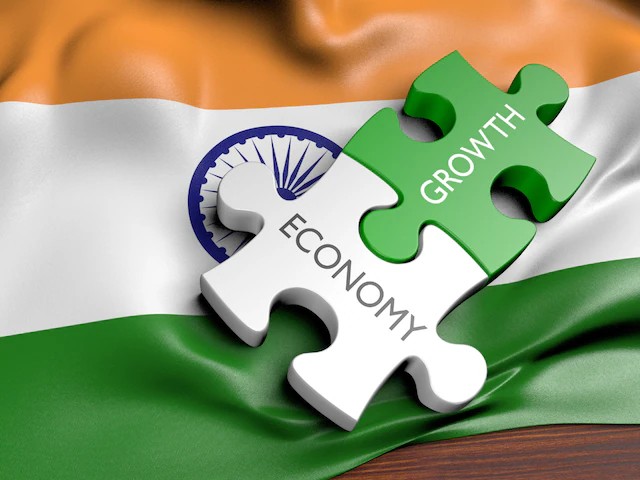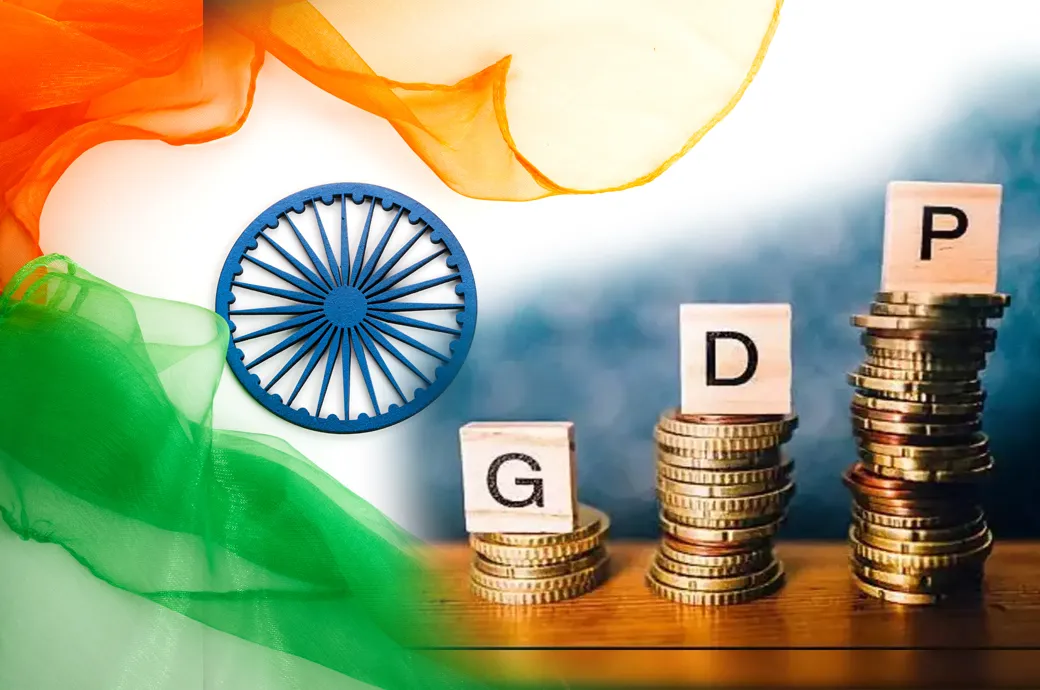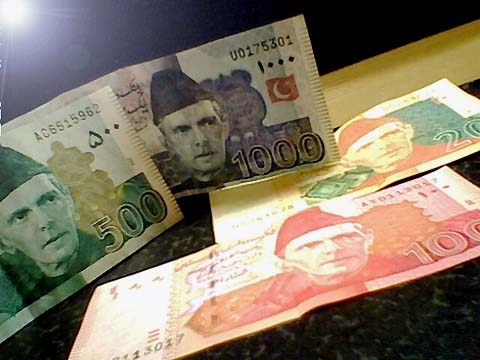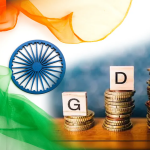IMF projects India’s economy to grow 6.6% in FY2025, outpacing China and global peers, as strong domestic demand and policy reforms drive resilience amid trade headwinds.
India is set to remain the world’s fastest-growing major economy in 2025, with the International Monetary Fund (IMF) projecting a robust 6.6% growth rate despite global economic headwinds and the lingering impact of U.S. tariffs on Indian exports.
The IMF’s World Economic Outlook (WEO) report, released this week, places India well ahead of China, which is expected to grow at 4.8% in 2025. The upward revision from earlier estimates reflects India’s strong first-quarter performance in the current fiscal year, which saw growth touching 7.8%, effectively offsetting the tariff-related drag on trade and manufacturing.
According to the IMF, India’s economic resilience continues to stem from solid domestic demand, a thriving services sector, and public investment in infrastructure and green energy projects. “India’s near-term outlook remains strong, supported by consumption and investment momentum,” the report said, while cautioning that global trade frictions could weigh on medium-term prospects.
The IMF expects India’s growth to moderate slightly to 6.2% in FY2026 as the initial momentum from the first quarter fades. Still, the projection cements India’s position as a standout performer among emerging market and developing economies, where average growth is expected to hover around 4.2%.
Globally, the IMF projects growth at 3.2% in 2025 before slowing marginally to 3.1% in 2026 — figures that remain below pre-tariff policy forecasts. The slowdown is attributed to rising protectionism, labour market constraints, and fiscal vulnerabilities in several major economies.
Inflation is projected to decline worldwide but at varying rates. The report notes that while price pressures remain elevated in the United States — with “risks tilted to the upside” — inflation is subdued in much of Europe and Asia. Advanced economies are expected to grow by just 1.6% on average, with the U.S. slowing to 1.9% from 2.4% in 2024, Japan expanding by 1.1%, and Canada by 1.2%. Spain, however, stands out as the fastest-growing advanced economy at 2.9%.
Among developing economies, Brazil is projected to grow at 2.4%, while ASEAN-5 countries are forecast to expand at a steady pace, driven by post-pandemic recovery in tourism and manufacturing.
The IMF cautioned that “prolonged uncertainty, increased protectionism, and labour supply shocks” could dampen growth further, while financial market corrections and institutional weaknesses pose additional risks. It urged governments to focus on building fiscal buffers, preserving central bank independence, and accelerating structural reforms to sustain stability and investor confidence.
“Fiscal buffers should be rebuilt. Central bank independence should be preserved. Efforts on structural reforms should be redoubled,” the IMF stated, calling for transparent and sustainable macroeconomic policies paired with renewed trade diplomacy.
India’s steady performance contrasts sharply with the subdued outlook elsewhere. The IMF credited New Delhi’s fiscal prudence, strong investment in digital infrastructure, and the expansion of manufacturing under schemes such as Make in India and Production-Linked Incentives (PLI) as key drivers of its continued growth. Private consumption and urban demand remain buoyant, while the government’s emphasis on renewable energy and logistics improvements is expected to bolster productivity and exports.
The IMF’s latest projections also align with India’s own expectations. The government has maintained its GDP forecast in the 6.3–6.8% range for FY2025-26, reaffirming confidence in the country’s ability to weather external shocks.
While global trade tensions and fiscal tightening pose medium-term risks, India’s economic fundamentals — including demographic advantage, a stable financial system, and reform-driven policy measures — continue to position it as a rare bright spot in an otherwise sluggish global economy.
As the world grapples with geopolitical uncertainty and sluggish growth, India’s ability to sustain high expansion rates may offer a vital cushion for emerging markets and global trade stability alike.










